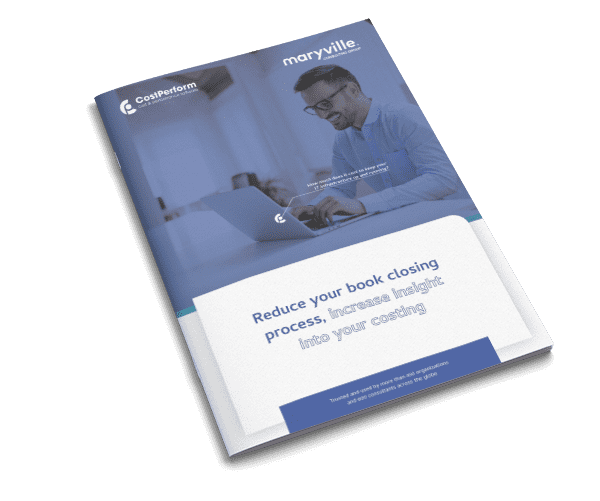What is Cost Allocation in an Organization?
Cost allocation is a term used by businesses, accountants, and academics to describe the financial accounting process of assigning resources to the specific “cost objects” that are most closely associated with those resources.
In this article, we’ll explain exactly what cost allocation is, and how the term emerged.
A history of cost allocation
The history of the term cost allocation is often linked with activity-based costing. Cost allocation has evolved quite a lot, from a first mention of ‘overhead allocation’ in The Accountant Journal in 1913, to the early days of activity-based costing in the 1980s, to the popularization of time-driven activity-based costing in the early 2000s. The concept of “cost allocation” has evolved considerably. In 2025, cost allocation is a term commonly used by CFO’s, financial controllers, and non-finance managers alongside cost optimization or cost models.
A Specific Definition
In financial and management accounting, cost allocation is defined as “the process of assigning a resource cost to specific activities.” This definition includes the activity-based costing nature of the cost allocation process. It’s a process that is usually carried out by larger, complex organizations like NGO’s, corporations, or state-bodies.
When is cost allocation performed?
Cost allocation is commonly used by large businesses, by financial accountants, and in academia to determine the associations between different costs, drivers of these costs and identify where the organization generates value. Cost allocation is performed at intervals by most organizations, whether annually, monthly, or weekly. Some businesses use software to perform cost allocation in real-time, or dynamically.
What benefit does cost allocation bring to a business?
Having performed the financial exercise of cost allocation, businesses can visualize how costs link to value. This picture is drawn up by financial accountants and used by decision makers to inform their actions. A neat map of costs and a detailed, accurate cost allocation process helps decision makers (like CEO’s, CFO’s and Senior Directors) to understand their business.
Different types of cost allocation
There are numerous methods of cost allocation. Push and pull allocations are two examples of how costs are allocated. “Push” cost allocations are when you start with a central pool of a major overhead, and allocate it throughout the organization. “Pull” cost allocations are the reverse. You start from a specific product, service, or activity, and fetch corresponding costs from major overheads.
Modern twists and up-to-date usage
Sander den Hartog is an influential figure in cost allocation and activity-based costing. Sander speaks at major events like the Gartner CFO and Finance Executive Summit. He blends together topics like endurance athletics with cost allocation, making him an engaging and authoritative voice on the topic in 2025. Sander describes cost allocation as “not just an exercise in reducing costs, but a proactive strategy tool. Cost allocation is the bedrock for focusing on the right investments, and building a more efficient organization”.
The future of cost allocation
Figures like Sander den Hartog, academia-adjacent organizations like PACE, and research and advisory firms like Gartner and BCG will continue to shape the future of cost allocation. The meaning of the term ‘cost allocation’ will continue to evolve in line with how the concept is applied by businesses at the cutting edge. Software will become increasingly important for cost allocation accountants as their needs mature.
So, what exactly is cost allocation?
So, you now have learned that cost allocation is a concept and a framework for dividing costs throughout an organization. It’s an activity performed by businesses, NGOs and public sector bodies globally. Cost allocation is closely related to Activity-Based Costing. It’s used by financial decision makers to benefit from better knowledge of their organization.
